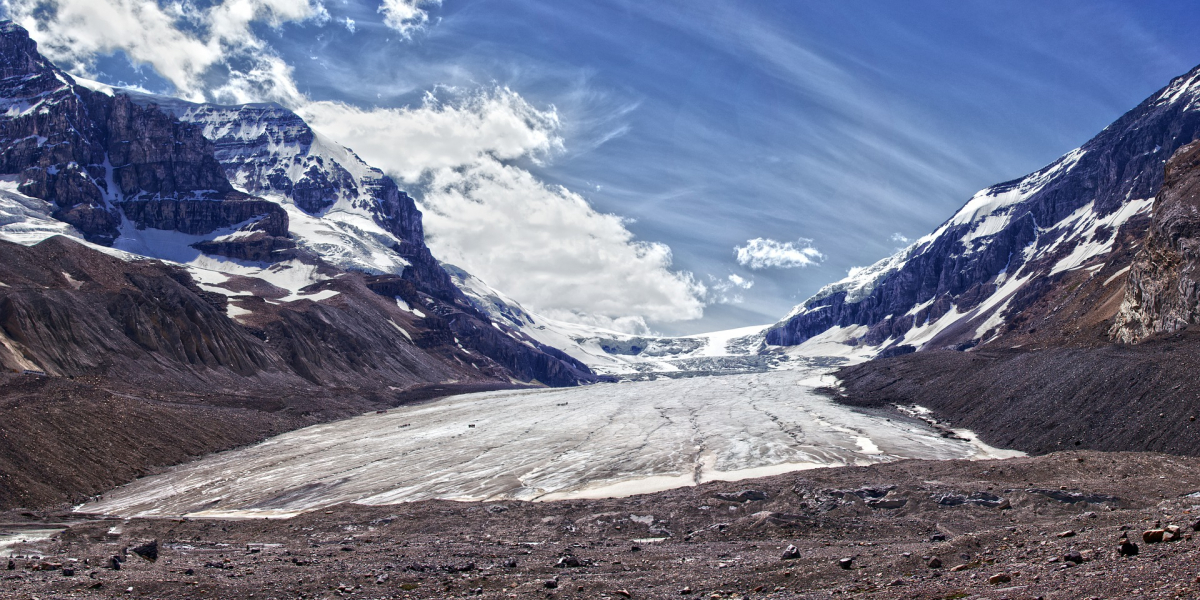
April 2, 2019
Today’s release of Canada’s Changing Climate Report, answers the questions: How has Canada’s climate changed to date? …Why?... And what changes are projected in the future?
The report’s authors at Environment and Climate Change Canada, Fisheries and Oceans Canada, and Natural Resources Canada, draw on already published peer-reviewed literature but confine the scope to Canadian specific trends and consequences.
The report offers a fact-based comprehensive assessment on Canada’s changing climate, both in terms of tracking what’s already taken place, and projecting what’s yet to come. Canada’s actions on climate change will need to respond to this unwavering evidence.
Here are the four top takeaways from the report:
1) We are already experiencing a changing climate across Canada.
Temperatures have already increased in all regions of Canada and in the surrounding oceans. Annual average temperature increased by 1.7oC since 1948, while in Canada’s north, this number jumps up to an increase of 2.3oC (1948-2016).
2) Canada’s climate is warming faster than average.
In Canada, warming has occurred at roughly double the magnitude of global warming and is projected to continue to occur twice as fast as the global average.
3) Human activity is increasingly responsible for this warming.
Both human activity and natural variations in the climate have contributed to the warming to date. However, human factors have caused at least half of this warming and will be the primary factor influencing future temperature trends.
3) No matter what, Canada’s climate will continue to warm, and this warming is irreversible.
Over the next two decades, the climate will continue to warm in Canada no matter what actions we take now, given current atmospheric concentrations. However, the actions we take today will drastically impact what type of climate we can expect in the future. Country-wide projections point to warming of between 1.8°C to 6.3°C by 2081-2100 (compared to the 1986-2005 average) depending on our global level of effort in mitigating greenhouse gas emissions.
Once these temperature highs are reached, they are locked in for centuries to millennia, even if net global greenhouse gas emissions drop to zero.
4) We can already expect: more extreme heat (increasing the risk of heatwaves, drought and wildfires), less extreme cold, longer growing seasons, shorter snow and ice cover seasons, earlier spring peak streamflow, thinning glaciers, thawing permafrost, and rising sea levels in Canada. But how MUCH depends on Canadian and global actions to reduce emissions.
There is already evidence of these impacts across Canada, and because further warming is unavoidable, we can expect to see more in the future.
However, the level and magnitude of these impacts rises with greenhouse gas concentrations. For example, the likelihood of summer ice-free conditions in the central Arctic rises with the magnitude of global temperature increases. Sea-levels will rise by as much as 75 to 100 cm on Canada’s lower Pacific and Atlantic coasts by the end of the century, if the world continues to emit at high levels.
Precipitation will continue to increase in many parts of Canada, but these trends intensify in line with rising greenhouse gas emissions. Oceans will become more acidic, threatening marine ecosystems. Extreme hot temperatures will increase the severity of heatwaves, and increase the risk of drought and wildfires.
However, how hot it will get, and how intense these impacts will be over the century, depends entirely on whether we are able to change our business-as-usual emission trends. This report helps provide a clear picture of what our choices will bring us.
What choices we can make.
We have choices we can make, individually and collectively, to move towards a low-carbon and cleaner economy that reduces emissions and the associated impacts on climate, ecosystems, biodiversity and human lives. Five actions our country can take are: